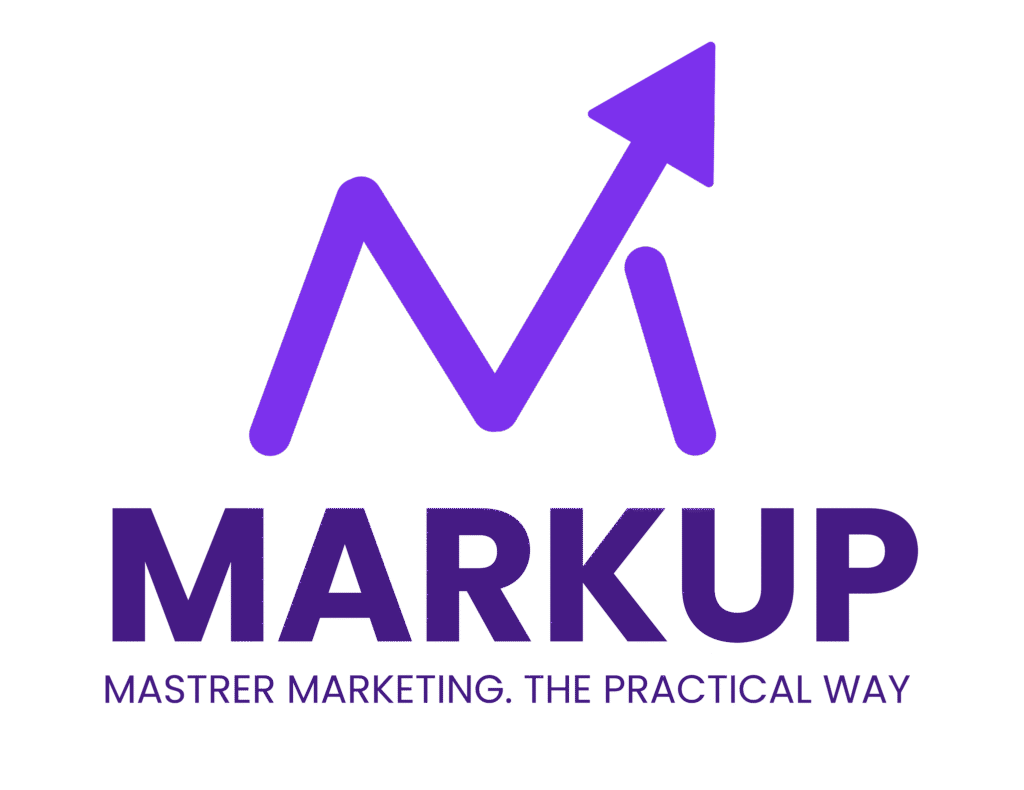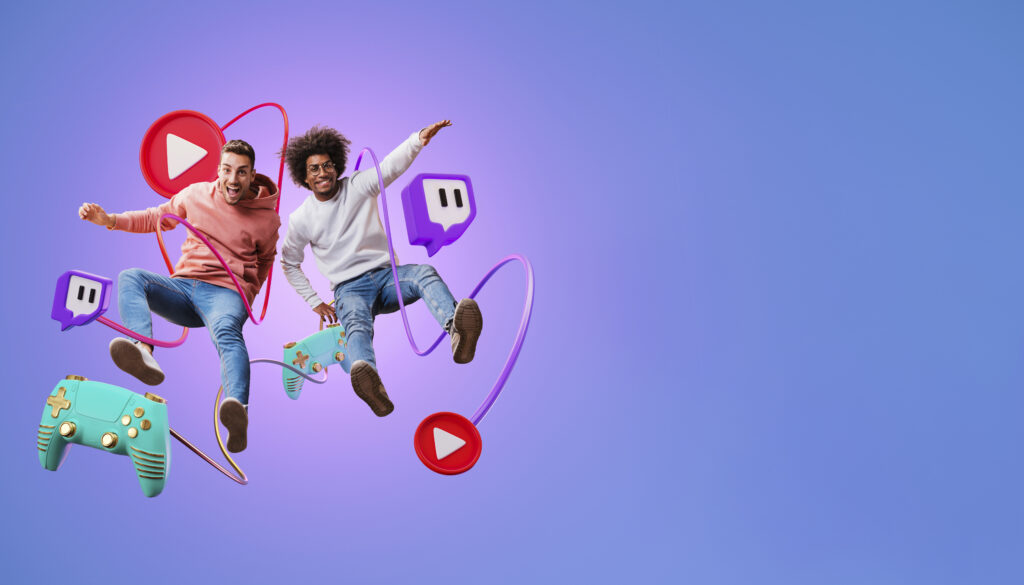From scrolling through Instagram ads to Googling product reviews before making a purchase, digital experiences shape nearly every decision today. And for businesses—or individuals—hoping to thrive in this landscape, digital marketing isn’t just important.
It’s everything.
Whether you’re a student learning to market your first project or a startup founder trying to break through the noise, digital marketing is the toolbox that turns attention into action and interest into income.
But what exactly is digital marketing? Why does it matter? And how do you get started?
Let’s break it down.
What is Digital Marketing?
Digital marketing refers to all marketing efforts that use the internet or electronic devices to reach audiences. This includes:
- Search engine optimization (SEO)
- Social media marketing
- Email marketing
- Paid advertising (Google Ads, Meta Ads)
- Influencer collaborations
- Video marketing
- Affiliate marketing
- Mobile app marketing
It’s about meeting your audience where they already are—online—and guiding them toward a desired action.
Why It Matters
According to a 2024 report by Statista, over 5.35 billion people now use the internet—making it the single most powerful medium for marketers to reach consumers.
And get this:
- 75% of Gen Zers say social media influences their buying decisions.
- 59% of people prefer shopping from brands they follow on social media.
- 89% of marketers say digital marketing brings higher ROI than traditional methods.
No billboards. No cold calls. Just smart, measurable, and scalable digital tactics that grow awareness, drive sales, and build community.
Core Components of Digital Marketing
1. Search Engine Optimization (SEO)
Ever wondered why some blogs rank at the top of Google?
That’s SEO.
SEO is the practice of optimizing your website content so search engines like Google show it to people searching for relevant topics.
Key focus areas:
- Keyword research (use tools like Ubersuggest or Google Keyword Planner)
- On-page SEO (meta tags, headers, internal links)
- Backlinks (getting other trusted websites to link to you)
- Mobile-friendliness and fast load speed
2. Social Media Marketing
No digital strategy is complete without social.
From Instagram Reels to LinkedIn carousels, social platforms are where brands build trust and personality. It’s not just about posting—it’s about engaging, entertaining, and educating.
Focus on:
- Consistent branding
- Audience interaction (polls, DMs, comments)
- Storytelling and value-driven content
- Paid promotions to boost reach
3. Email Marketing
Often underestimated, email marketing drives some of the highest ROI in digital.
Whether you’re sending newsletters, discount offers, or event invites, email builds loyalty and retention.
Pro tips:
- Use catchy subject lines
- Personalize the message
- Segment your list (new subscribers vs. loyal buyers)
- Include strong CTAs
4. Pay-Per-Click Advertising (PPC)
Want instant visibility? Paid ads can place your brand on top—literally.
Platforms like Google Ads and Meta Ads allow you to target users based on:
- Demographics
- Location
- Interests
- Browsing behavior
Keep a close eye on:
- Cost-per-click (CPC)
- Click-through rate (CTR)
- Conversion rate (CVR)
- Return on ad spend (ROAS)
Real-World Scenario: A Digital Launch That Worked
Imagine you’re launching a new mobile app that helps students manage study time.
Here’s a quick digital marketing approach:
- SEO: Blog posts like “Top Study Apps for Students in 2024”
- Social Media: Reels of productivity tips, memes about procrastination
- Email: Free productivity e-book for sign-ups
- Paid Ads: Target Instagram and Google with keywords like “time management for college students”
Within 4 weeks, you could gain:
- 2K+ downloads
- 5K followers
- High open rates on emails
- SEO ranking on student blogs
This isn’t just theory. This is real-world growth fueled by digital marketing.
Tracking & Optimization
Digital marketing is data-driven, which means every effort can be measured and improved.
Track:
- Website traffic (Google Analytics)
- Social media engagement (Meta Insights, LinkedIn Analytics)
- Ad performance (Google Ads Dashboard)
- Email metrics (Mailchimp, Zoho, HubSpot)
Use A/B testing, analytics tools, and feedback loops to iterate and optimize.
How to Get Started as a Beginner
If you’re new to digital marketing, start with these steps:
- Choose your goal: awareness, leads, sales?
- Pick 2-3 digital channels.
- Create valuable content consistently.
- Measure performance every week.
- Keep learning (free courses from Google, HubSpot, MarkUp!).
The MarkUp Mindset
At MarkUp, we believe digital marketing is not just a career path—it’s a superpower. It puts students, creators, and entrepreneurs on the map, builds digital identities, and opens doors to global audiences.
As part of the MarkUp OJT journey, you’ll explore real-time campaigns, run ads, build landing pages, and learn by doing—not just watching.
Your audience is online. Your opportunity is now. Learn how to reach them.
References
- McKinsey & Company. (2023). The value of data-driven marketing. https://www.mckinsey.com/business-functions/marketing-and-sales/our-insights
- Statista. (2024). Internet usage and marketing statistics. https://www.statista.com/
- LinkedIn. (2024). State of Sales Report. https://business.linkedin.com/sales-solutions/state-of-sales
- Google Analytics. (2024). Measurement Fundamentals. https://analytics.google.com/analytics/academy/
- Mailchimp. (2024). Email Marketing Benchmarks. https://mailchimp.com/resources/email-marketing-benchmarks/
- Salesforce. (2023). CRM Trends and Predictions. https://www.salesforce.com/blog/category/crm/



